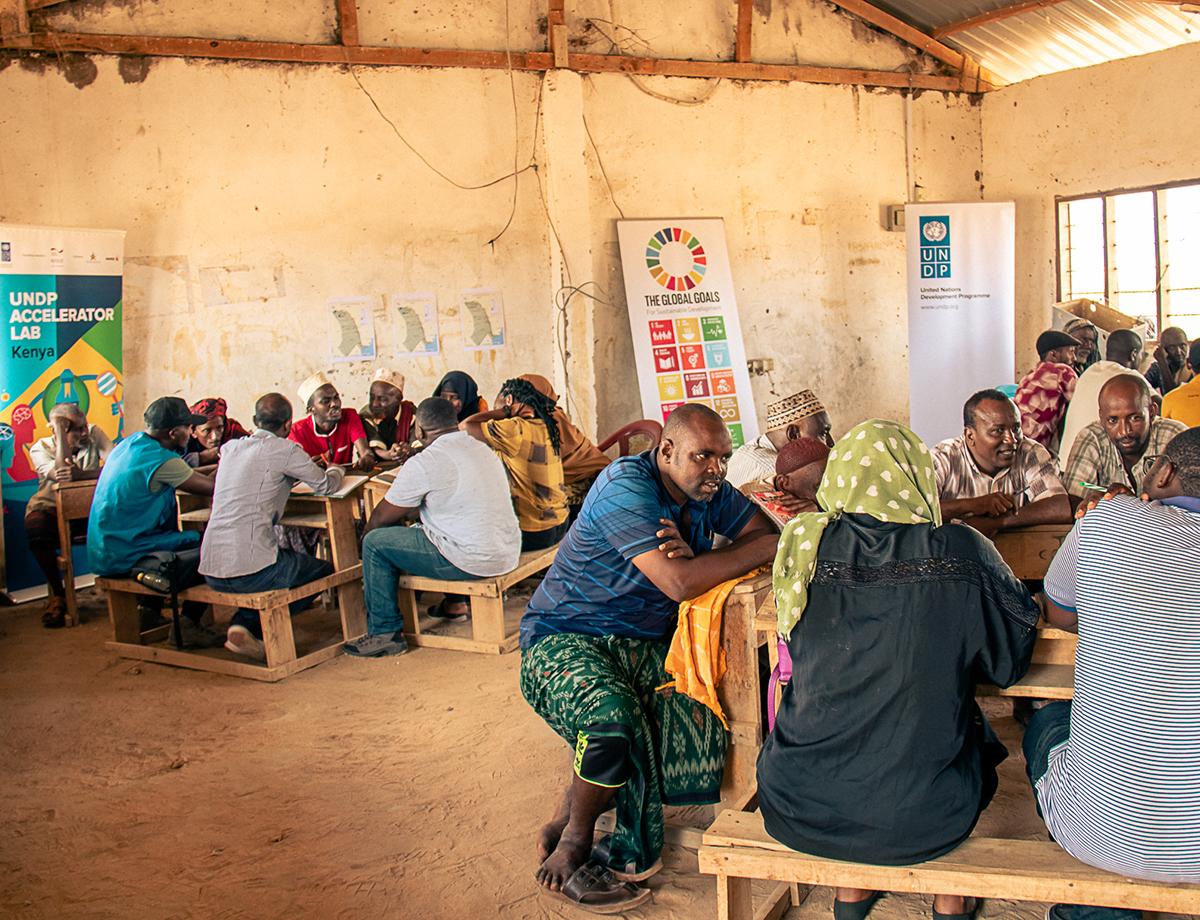Towards closing the decision-making gap
Towards closing the decision-making gap
It is clear collective intelligence is already making contributions to several IPCC adaptation and mitigation action pathways. Most existing initiatives focus on advancing understanding of the environment and climate issues through bridging data, distance and even diversity gaps. There is also promising progress on overcoming doing gaps – collective intelligence is involving more people in action on climate change, often achieving this scale through digital technology.
But when it comes to taking policy action and navigating complex trade-offs, we’re still lagging behind – we need to focus on decision-making gaps. The continued failure of institutions to address these gaps also contributes to widening the distance gap between lived experience, public knowledge and climate expertise.
The most relevant collective intelligence use cases to make this transition towards implementation include:
Due to the paucity of existing practice in these areas, we have drawn on a wider selection of case studies in this section, including examples from the Global North and domains other than climate change to highlight the possibilities for future practice. There are four concrete opportunities for collective intelligence to contribute to decision-making. Many of the approaches and methods described in this section are at the cutting edge of collective intelligence practice and still need to be validated in different contexts.
An overview of four future application areas to help fill decision-making gaps:
Future opportunities for cross-cutting climate action | Main climate action gaps being addressed | |
|---|---|---|

|
| |

|
| |

|
| |

| Tackling mis- and disinformation |
|
These applications are unique in spanning across both climate adaptation and mitigation. Although there are currently few examples of this type of activity in the Global South, focusing future pilots in these directions will be vital for closing the decision-making gaps where progress is most needed.

 Locations
Locations

